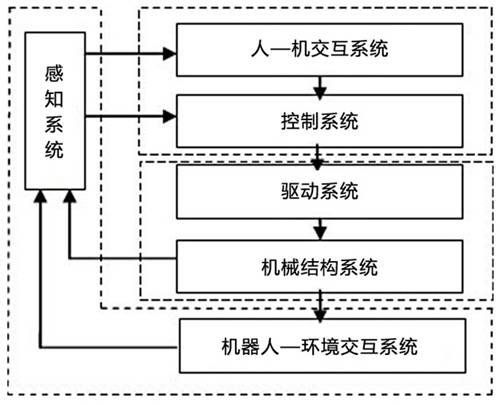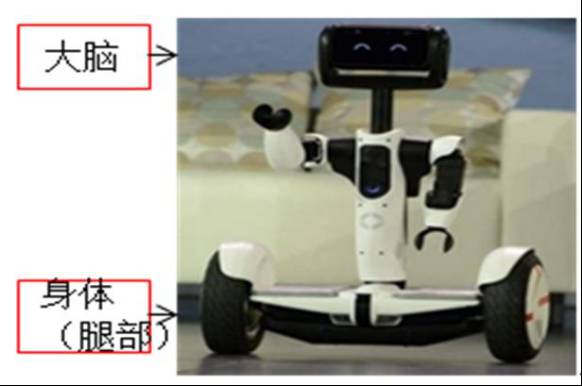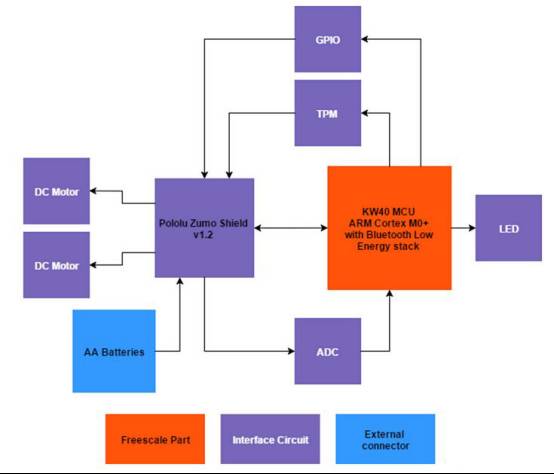In recent years, the supply of industrial robots has shown an upward trend in most industries. The development history of service robots is relatively short. The main difference in function is reflected in two aspects: one is communication and collaboration with people; the other is part of the work that replaces people in a complex environment. With the rapid development of IT technology, we have entered a new era of creating intelligent robots with all our strength. In 2015, the world smart robot market was approximately US$26.9 billion. In the next 10 years, the CAGR (average annual growth rate) will increase by 9% year-on-year. By 2025, the world robot market will reach US$66.9 billion. In the past, on-site factory automation in the manufacturing industry was the main application field, but the scope of robot applications is gradually increasing, and the application fields have involved service industries such as medical care and logistics. The term "robot" first appeared in "Rosom's Omnipotent Robot" by Czech science fiction writer Chápek in 1920. The original text was "Robota" and later became "Robot" in English. A more scientific definition was put forward by Japanese scientists Masahiro Mori and Shuhei Aida in 1967: "A robot is a kind of seven characteristics: mobility, individuality, intelligence, versatility, cyborg and cyborg, automaticity, and slavery. Flexible machines.†The International Federation of Robotics will divide robots into two categories, industrial robots and service robots. An industrial robot is "a kind of automatic control, programmable, multifunctional actuator used in industrial automation, containing three or more programmable axes, and it can be fixed or mobile." A service robot is "a kind of semi-autonomous or fully autonomous robot that can perform service work that is beneficial to human health, but does not include production equipment." It can be seen from the definition that the classification standard is the application of the robot. General robots are composed of mechanical structure, control drive system, perception system, interactive system and other parts.


1. A new generation of robot brain solution based on Rockchip RK3288 1. Functional block diagram

2. Wheeled robot solution based on NXP LPC54102 and Toshiba TMPM375FSDMG 1. Functional block diagram

3. Robot design scheme based on NXP low energy Bluetooth control Bluetooth® Low Energy (BLE) control robot reference design is developed using FRDM-KW40 board and Pololu Zumo robot, and can be controlled by mobile phone APP. The BLE-controlled robot is based on the KineTIs KW40Z system-on-chip (SOC), which includes an ARM® Cortex® M0+ processor and is equipped with a 2.4 GHz radio for BLE and 802.15.4. It is implemented using HID over GATT configuration files and used as a human-machine interface device. The features provided by the software include: BLE data transmission to the mobile phone app, motor control and battery monitoring, etc. 1. The block diagram of the robot system controlled by Bluetooth low energy

Features Multi-protocol radio: Compliant with 2.4 GHz Bluetooth Low Energy V4.1 Compliant with IEEE Std. 802.15.4-2011 standard Typical receiving sensitivity (BLE) = -91 dBm Typical receiving sensitivity (802.15.4) = -102 dBm emission Output power can be set: -20 dBm to +5 dBm. Core and memory: up to 48 MHz ARM® Cortex-M0+ core on-chip 160 KB flash memory on-chip 20 KB SRAM
Low power consumption, operating voltage range: 9 low power consumption modes, providing optimized power supply according to application requirements. Typical receiving/sending current (DC/supporting DC): 6.5 mA / 8.4 mA Bypass voltage: 1.71V to 3.6VDC DC converter Step-down configuration: 2.1V to 4.2VDC DC converter boost configuration: 0.9V to 1.795V Analog module: 16-bit analog-to-digital converter (ADC), 12-bit digital-to-analog converter (DAC), 6-bit high-speed analog comparator (CMP) Security: AES-128 accelerator (AESA), true random number generator (TRNG)
Supporting software: BLE host protocol stack and configuration file, 802.15.4 MAC and SMACKinetis® software development kit (SDK) FreeRTOS kernel and bare metal non-preemptive task scheduler Summary Application in dangerous environments and becoming an assistant to people's work and life is the robot of the future Two major trends in development. Of course, it is quite challenging to make robots really work like humans and become human assistants. First, it is necessary to solve the robot's movement ability in a complex environment. Second, improve perception and decision-making capabilities. For unmanned vehicles, fast speed is one of the main features. How to respond appropriately to the constantly changing environment when moving at high speeds determines the safety of unmanned vehicles and is also one of the biggest obstacles to the industrialization of unmanned vehicles. As we all know, the way of machine perception and decision-making is completely different from that of human beings. Human perception has strong selectivity. The principles of first foreground and then background, first dynamic then static, first abnormal then normal, etc., allow people to quickly navigate in complex environments. Find the goal. This kind of ability is very worthy of robot research and imitation. In short, the demand for robots in the market has continued to rise in recent years. Governments, relevant research institutions and companies in various countries have attached great importance to the development of robotics, invested a lot of resources, and the development of robotics has shown a good trend. The high-precision problems in robotics have inspired many outstanding robotics R&D teams around the world to innovate and forge ahead. In the future, robots will become an indispensable tool in daily life, bringing people a more comfortable and convenient life.
We provide many kinds of Titanium Diaphragm to meet the different needs of different customers, they are widely used in Hi-Fi speakers,professional audio,horn speakers,car speakers and other high-end products.
We are experienced in manufacturing and have strong capability.
Our products are popular in many countries and areas.
We have professional acoustical testing systems and instruments.
We promise to offer you highest quality and best service!
Titanium Diaphragms,Titanium Replacement Diaphragm,Replacement Diaphragms,Tweeter Voice Coils, tweeter diaphragms
Taixing Minsheng Electronic Co.,Ltd. , https://www.ms-speakers.com